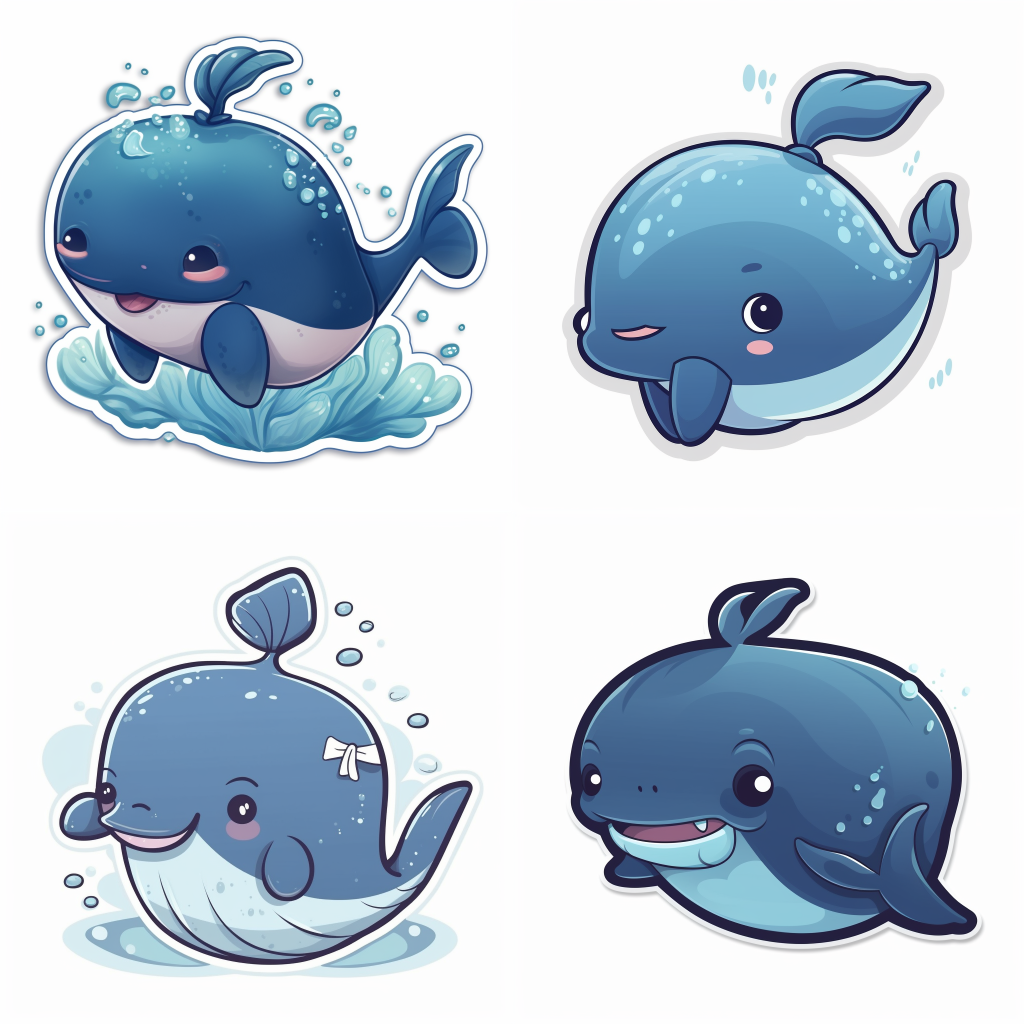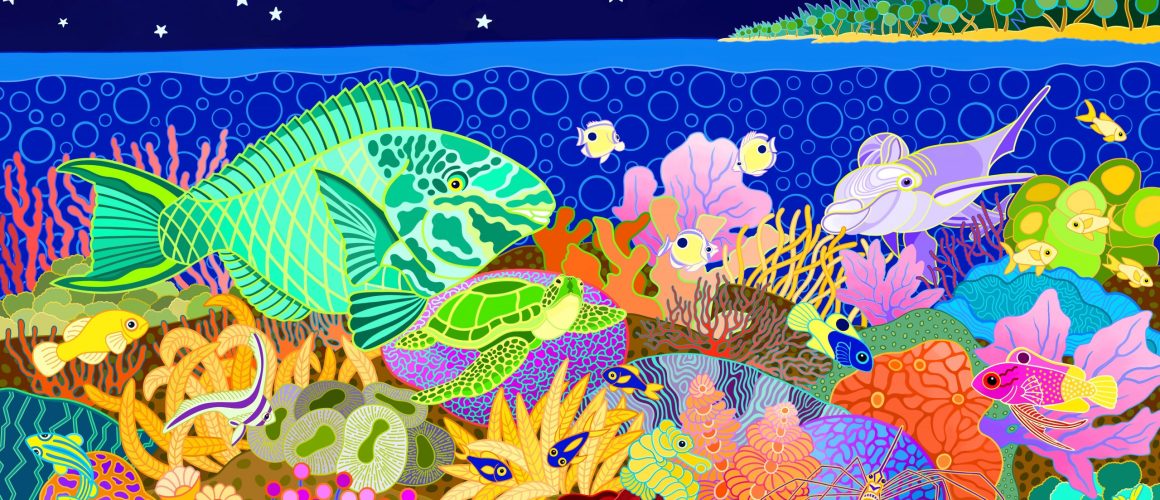Ai Prompting information
Introduction
Producing AI prompting-generated images requires following certain best practices to ensure that the result meets ethical guidelines and aligns with the intended purpose. If you want AI-generated images to be an effective medium for your work, consider using the following prompts when generating images. Here are some recommendations:
- Prior to AI prompting generation, it’s essential to have a clearly defined objective. Begin by determining the style, subject, or concept you desire the AI to produce. This will serve as a roadmap for the AI’s output, resulting in a higher quality outcome.
- To instruct the AI prompting model effectively, ensure that your instructions are clear and specific, communicating the desired attributes such as colors, shapes, textures, or composition. By providing detailed instructions, you equip the AI model to better understand and produce the desired image accurately. Remember, the more specific your instructions, the better the AI model can generate the intended outcome.
- When generating Ai prompting or instructions for AI, consider ethical implications by aligning with established guidelines. Avoid producing harmful or offensive content. It’s crucial to always adhere to legal and ethical standards when using AI to generate images.
- Achieving high-quality image generation may require experimentation and iteration. If the initial output fails to meet your expectations, refine your instructions and prompts, making incremental changes to achieve the desired result.
- References and context are critical for guiding AI’s understanding. Providing relevant descriptions and images can assist the AI model in comprehending desired style or subject, which leads to more precise and satisfactory outputs. By perfecting these inputs, you can help ensure the desired outcome.
- Incorporating visual references, sketches, or rough outlines is an effective way to improve the effectiveness of text-based prompts and enhance AI models’ understanding. Utilizing different modalities can also result in more precise images being generated. Therefore, it’s recommended to consider combining text and visual prompts rather than relying solely on text-based prompts.
- Conditioning techniques can be leveraged in certain AI models. By providing added inputs to guide the image generation process, the output can be significantly influenced. For instance, posing, lighting conditions, or viewpoint can be specified as conditioning variables.
- Refining generated images iteratively: Rather than expecting the AI to produce the perfect image in one shot, it may be improved by giving feedback on the output, using it as a basis for generating subsequent images. This gradual building of image quality enhances alignment with the desired outcome.
- Thoroughly assessing the produced images against your objectives and guidelines is crucial. Validate that the outputs align with the intended purpose and meet apt quality standards. Tweaking instructions and prompts as required can enhance the results.
Remember that AI-generated images should be used responsibly and ethically, respecting copyright laws, privacy, and avoiding any misuse.

Strategy
The optimal length of prompts for AI models is task-dependent and varies depending on complexity. There is no definitive answer regarding whether shorter or longer prompts are superior, but context is the key factor affecting their efficacy. However, certain elements that impact the quality of the prompts should be considered:
- For AI prompts to yield accurate output, they must be both clear and specific, regardless of length. What you share should offer enough information for the AI model to grasp your intention, giving you desired results. At times, simplicity can be more effective than verbosity, especially if the latter is fraught with ambiguity. Clarity and specificity are paramount!
- Contextual information: Longer prompts can be useful when providing additional context or explaining intricate details. If the task requires a deep understanding of the subject matter or specific conditions, a longer prompt can help the AI model generate more accurate and contextually appropriate images.
- Model limitations: Different AI models have varying capabilities when it comes to understanding and utilizing prompt information. Some models might have limitations on the length of the input they can process effectively. In such cases, shorter prompts might be preferred to ensure the model can properly interpret and generate the desired output.
- Iterative prompts can be a valuable approach in certain scenarios. By using shorter prompts and refining them iteratively, AI models can be guided towards the desired outputs. Start with a basic prompt, review the initial outputs, and then iteratively add more details or instructions for effective results.
- Experimentation is key when it comes to selecting prompts for your specific task. Try prompts of varying lengths to determine the approach that yields optimal results. By experimenting with both shorter and longer prompts, you can gauge the response of the AI model and identify what works best for your needs.
In conclusion, the efficacy of prompt length can fluctuate depending on the task, context, and AI model. Striking a balance between providing sufficient information and avoiding verbosity is crucial. One must consider the aforementioned factors and experiment to determine the optimal prompt length that suits their use case
Subject matter
As an AI language model, I don’t have real-time access to data on the most popular image prompts. However, I can provide you with some commonly used and popular types of image prompts:
- “This familiar instruction is often utilized to conjure up vivid and breathtaking imagery of scenic landscapes, tranquil natural vistas, or peaceful retreats.
- Character concept art involves creating visual representations of fictional characters, which may include their appearance, clothing, and distinctive features. This artistic approach is often employed to showcase the character’s personality and backstory, and to provide a comprehensive understanding of the character’s key attributes.
- “”Design a futuristic city” is a common prompt that inspires creativity, inviting us to imagine innovative, cutting-edge cityscapes, embellished with advanced architecture, technology, and unique features.
- “”Generate an abstract artwork” – a prompt that inspires the creation of visually enticing, non-representational images that emphasize shapes, colors, textures, and patterns.
- The prompt “Illustrate a mythical creature” is commonly used to generate visual depictions of an array of legendary beings, from dragons and unicorns to mermaids and beyond.
- “This creative directive is frequently employed to produce vivid imagery of precisely arranged objects. Its goal is to depict these objects in fine detail while capturing their unique form, texture, lighting, and overall aesthetic.
- “Create a sci-fi vehicle concept art” – A favoured prompt for generating visual designs of futuristic vehicles like spaceships, hovercrafts, or advanced automobiles.
- “This prompt is utilized to generate visual representations of renowned historical figures, capturing their likeness while conveying their significance and personality.
Remember that the popularity of image prompts can vary based on current trends, cultural interests, and individual preferences. It’s always a good idea to tailor the prompts to your specific needs and creative objectives.




